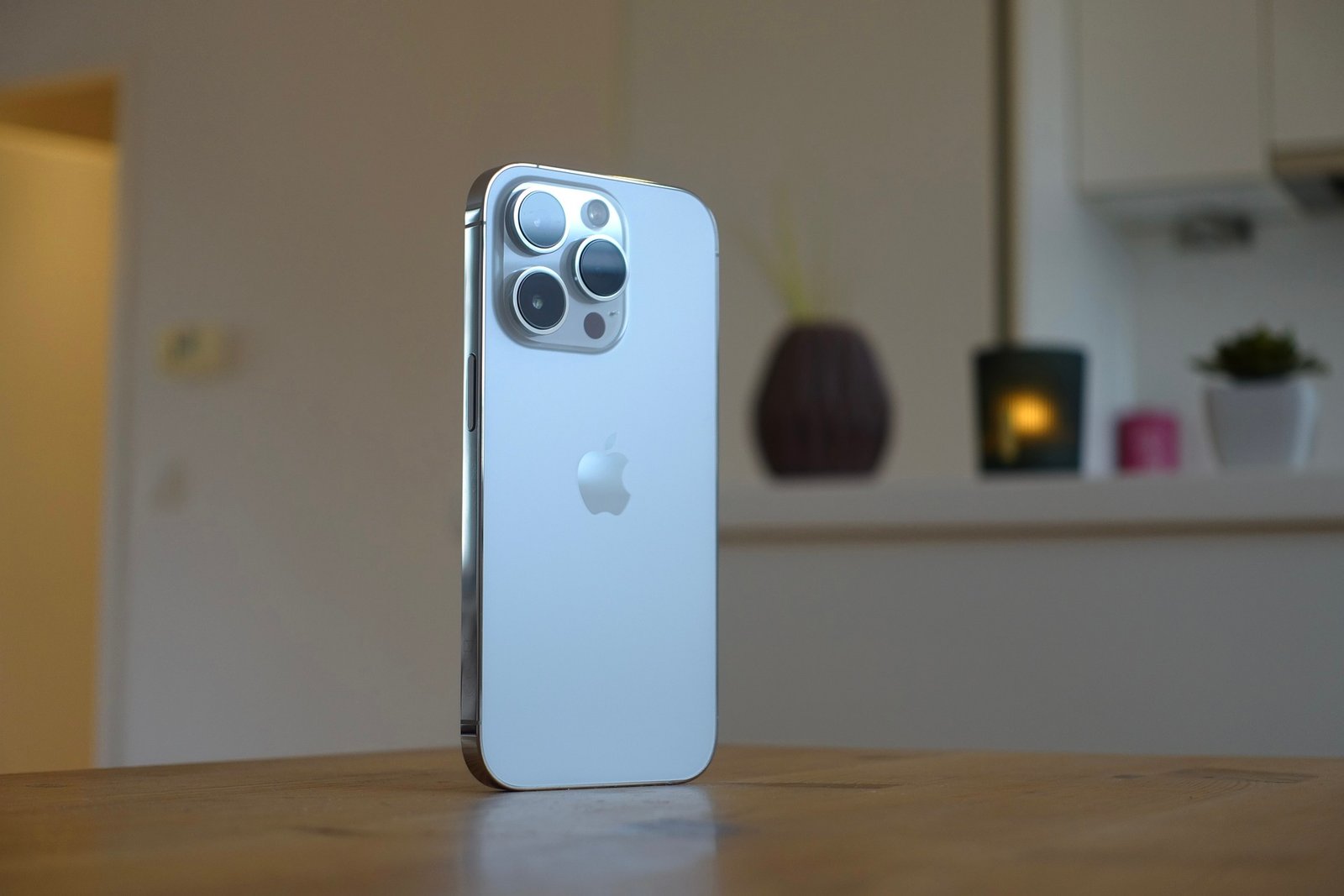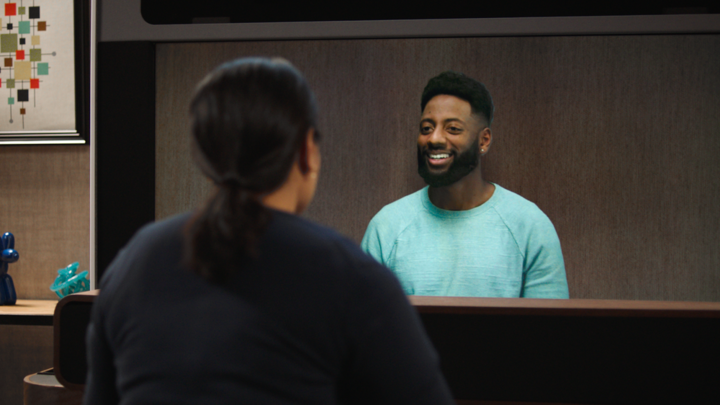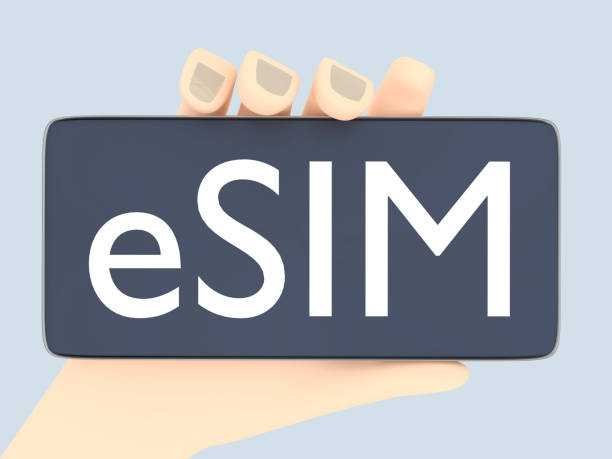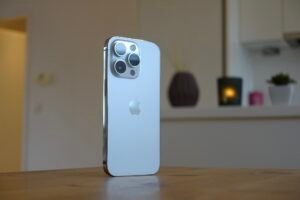You’ve probably heard that it’s terrible to overcharge your phone. But what does that mean? Can you charge your phone all night without damaging it? In this blog post, we will answer these questions and more!
Can you charge your phone all night?
The answer is: Yes.
The effect of charging all night on the phone’s battery life is almost negligible, and there are usually no safety incidents. All this assumes that the phone, charging cable, and charging head are functional and genuine.
First of all, what do we know about cell phone batteries?
The reason for battery loss due to phone overnight charging typically comes from two statements: the “battery memory effect,” resulting in a lower total capacity, and the increase in battery cycles, thus reducing life.
Battery Memory Effect
The “battery memory effect” reduces battery capacity due to multiple recharging, which is often seen in traditional NiCd batteries. Cell phones and other electronic products use modern lithium-ion batteries, and the memory effect is rare.
In addition, in the early years, some product manuals mentioned that the first use of the recommended full and then depleted power, or 12 hours of charging, and then depleted power to activate the battery, also mainly from the traditional nickel-cadmium rechargeable batteries.
Now we use more lithium batteries and generally have a corresponding charging test session before leaving the factory. The manufacturer has activated the battery in the process. We do not need to activate the battery by completely charging and discharging this way.
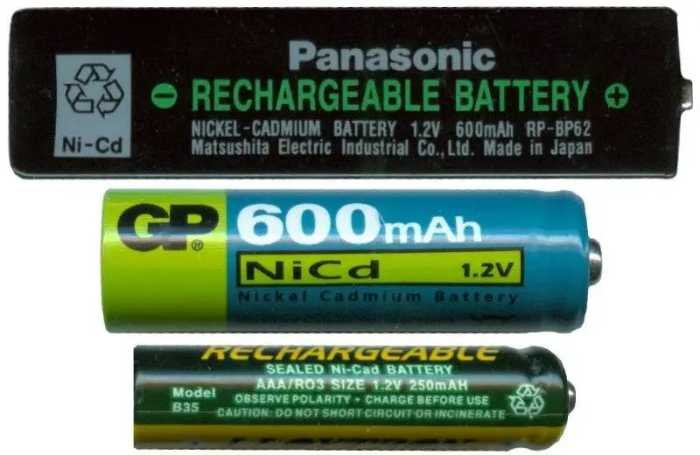
The second statement does not understand the definition of battery life.
A power cycle refers to the cumulative depletion of power 100% and the cumulative full power 100% of a cycle rather than a cycle of 100% of the phone’s battery.
After a full charge, the power management IC chip in the smartphone will automatically cut off the current, the phone is actually in a self-discharge state, and the standby state of the phone’s overnight power consumption is minimal. This power consumption can not support a power cycle.
The experience of using traditional batteries, even the manuals in old phones, has influenced our perceptions so much that a stereotype remains.
But the battery loss caused by charging overnight is minimal and almost negligible.
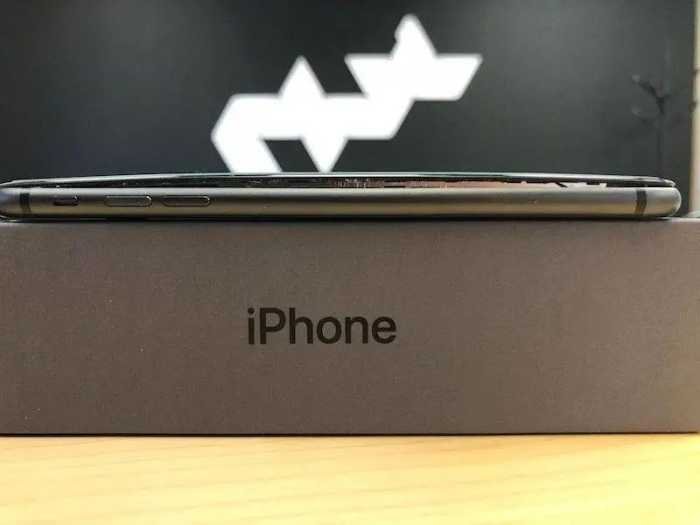
After talking about battery loss, let’s discuss whether there is a safety issue with phone overnight charging.
Some support “there is a safety issue,” and often cite news events as examples.
This statement is correct, but with one qualification – counterfeit cottage products.
As mentioned earlier, cell phones and chargers have corresponding control ICs to prevent battery overcharging from causing safety accidents. Still, counterfeit chargers do not necessarily have corresponding control IC components or the charger design is faulty.
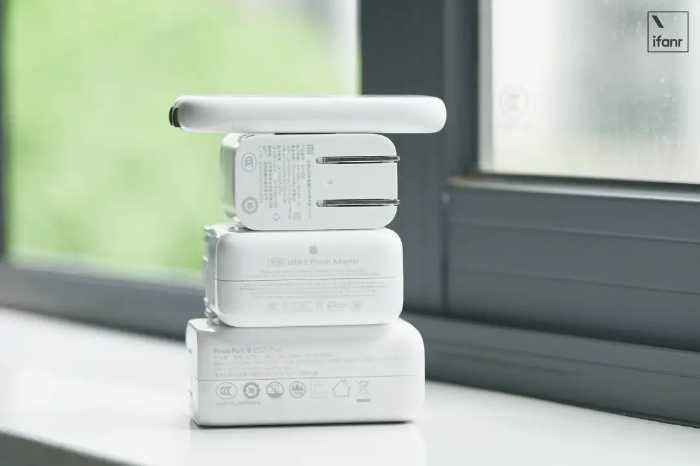
The chargers are of various types and have different fast-charging protocols.
Self-detection of chargers is a remarkably complex matter. It is recommended that you choose to buy charging products in a guaranteed brand store. If you are not sure to confirm whether the phone, charger, and even charging cable are in good condition, try not to charge all night.
So, is it okay to use a cell phone while charging?
Elders often advise, “Do not lie in bed all day to play with the phone; charging while playing on the phone is not good, have not heard of fire?”
According to the above, cell phone and chargers mostly have control IC components, which will control the voltage and current size. The product is normal in the case of the basic and will not appear burned.
As for the battery loss, the phone is connected to the power line. In fact, through the charger to power the phone, such as the phone using power less than the charging power, the power will gradually increase. This aspect is not overly worried.
What affects the battery life is high-temperature heat.
Here or a brief review of the principle of cell phone charging, the standard lithium-ion battery is divided into positive and negative.
In fact, the so-called discharge and charging process are lithium ions in the battery between the positive and negative electrode to move.
When charging, lithium ions move from the positive pole to the negative pole, storing energy, and when discharging, lithium ions move from the negative pole to the positive pole, forming a current supply, and oxidation and reduction reactions also occur throughout the charging process.
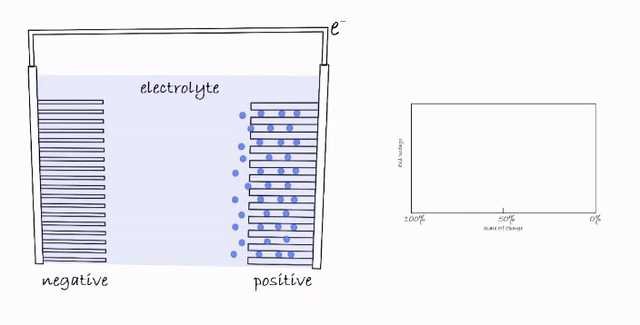
The chemical reaction is extremely sensitive to temperature. The phone will inevitably generate heat when charging, especially fast charging, voltage and current are relatively large, and the heat will be greatly increased.
If you use the phone to watch videos and play games while charging, resulting in high-frequency operation of the phone, the chip will also give off a lot of heat. When the temperature is superimposed, the high temperature will lead to the emergence of various side chemical reactions and destroy the chemicals in the battery.
Insufficient chemicals needed for charging and discharging will lower the total power, resulting in lower phone life.
To avoid safety problems, most cell phone manufacturers and chip producers will limit the charging, either by reducing the frequency of the phone running at high temperatures or reducing the heat until the phone temperature gradually decreases.
Either reduce the charging frequency or even turn off the charging, Apple mentioned in the introduction of the MagSafe external battery that fast charging will lead to iPhone overheating, so it will limit the charging to 80% through the software until the temperature is reduced to continue charging.
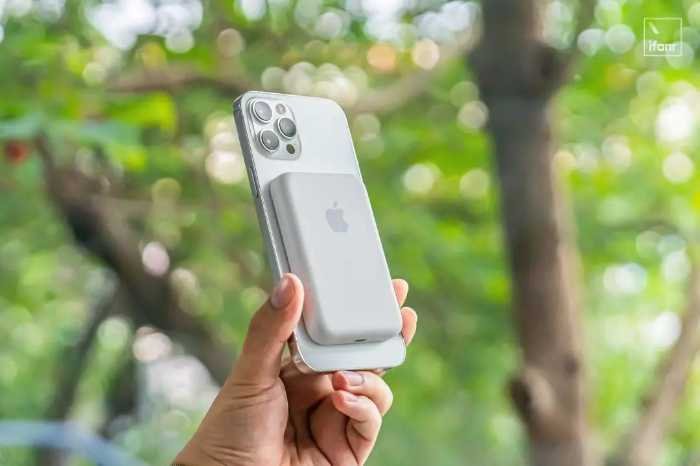
At this point, if you still want to play games with full frequency and speed up the charging efficiency, I’m afraid you have to use products like external fans.
Under normal circumstances charging while using is possible, but the heat will affect the battery life. For most people, I’m afraid this is not enough to put down the phone.
Finally, how to charge to extend the battery life?
You may be curious how to charge to protect the battery and extend its life. Charge from 0% or try to keep it around 100%?
These are not the correct answers.
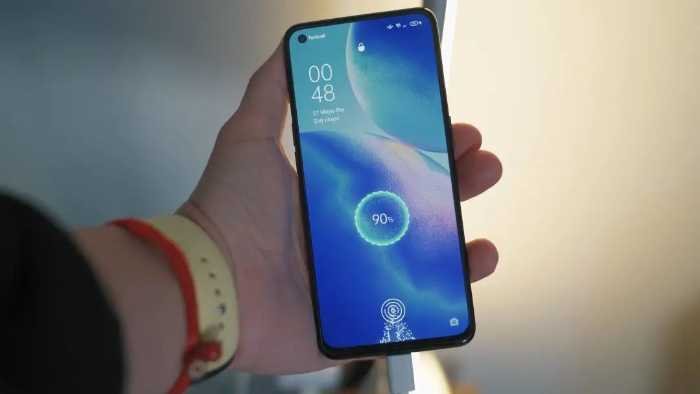
The battery life of a lithium-ion battery is related to the number of complete charge/discharge cycles and is generally quantified by the number of cycles it takes to reach 80% of peak power.
According to a study conducted by Power Magazine, temperature, charge/discharge current strength, and charge state range will affect battery life. As mentioned above, high temperatures will destroy the internal lithium-ion battery, depleting battery life. Charging at room temperature is conducive to extending battery life.
However, the charging and discharging current is not something we can control as users. The general manufacturers will adjust the charging and discharging current and voltage through a unique power management chip to ensure safety and efficiency to protect the phone battery.
Charge state range (DoD) is also known as depth of discharge, different depths of discharge will have a different impact on battery life, and most battery manufacturers are recommended to let the battery power between 40%-80%. This will not aggravate the battery life anxiety because of the low battery level but also extend the number of battery cycles.

Battery University has conducted charge/discharge tests on the same 1500mAh cell phone battery and found that too much depth of discharge reduces the number of battery cycles. The number of cycles is higher when the battery is kept moderately low.
Apple and other manufacturers have come to a similar conclusion with the introduction of optimized battery charging in iOS 13, where the system may hold off charging or charge slowly in trickle form after the battery reaches 80%, again for the same reason of slowing down battery aging.
So the right way to charge is to charge in small increments as you go, keeping the power between 40% and 80%.
Of course, the premise is that the situation is controllable, and if you travel to scenarios where the power demand is higher, the battery loss will be that important.
To summarize, we have the following recommendations for charging cell phones.
Charging throughout the night is fine, but only if you ensure that the phone, charger, and charging cable are genuine and function properly.
Charging while using is also acceptable, preferably in a moderate-temperature environment, such as an air-conditioned room.
Try to avoid keeping the phone fully charged all the time. You should charge it as you use it and keep the power between 40% and 80%, which can increase the battery life.
